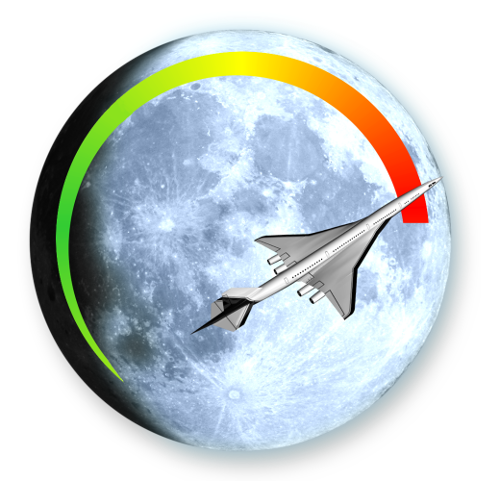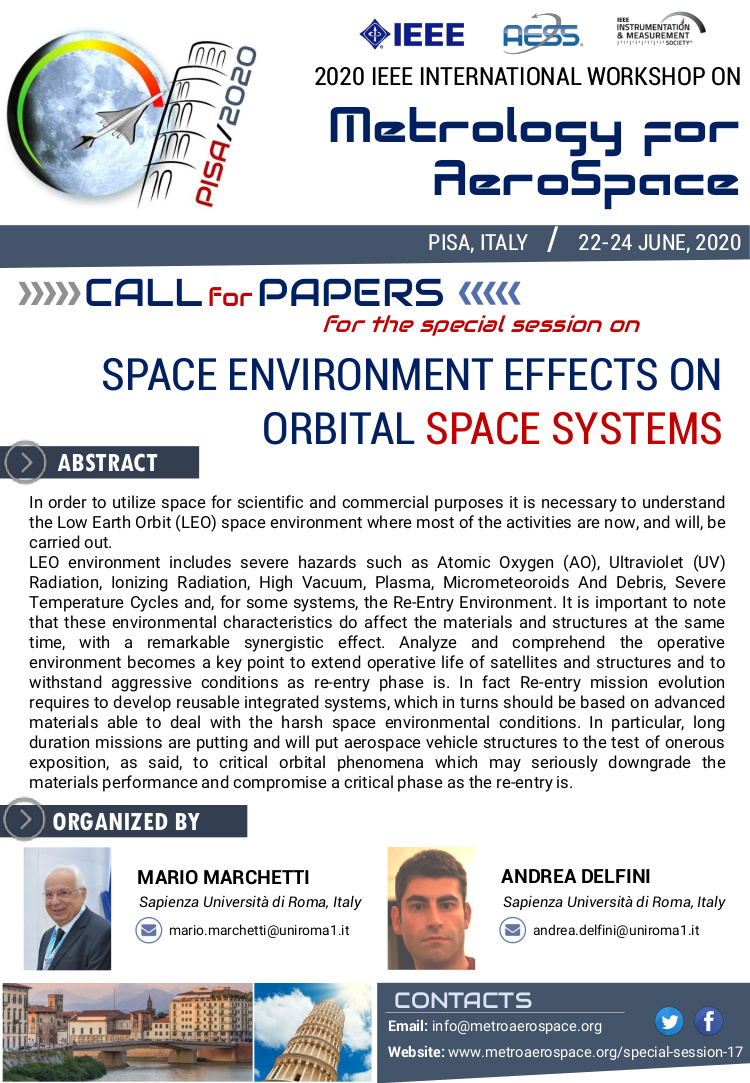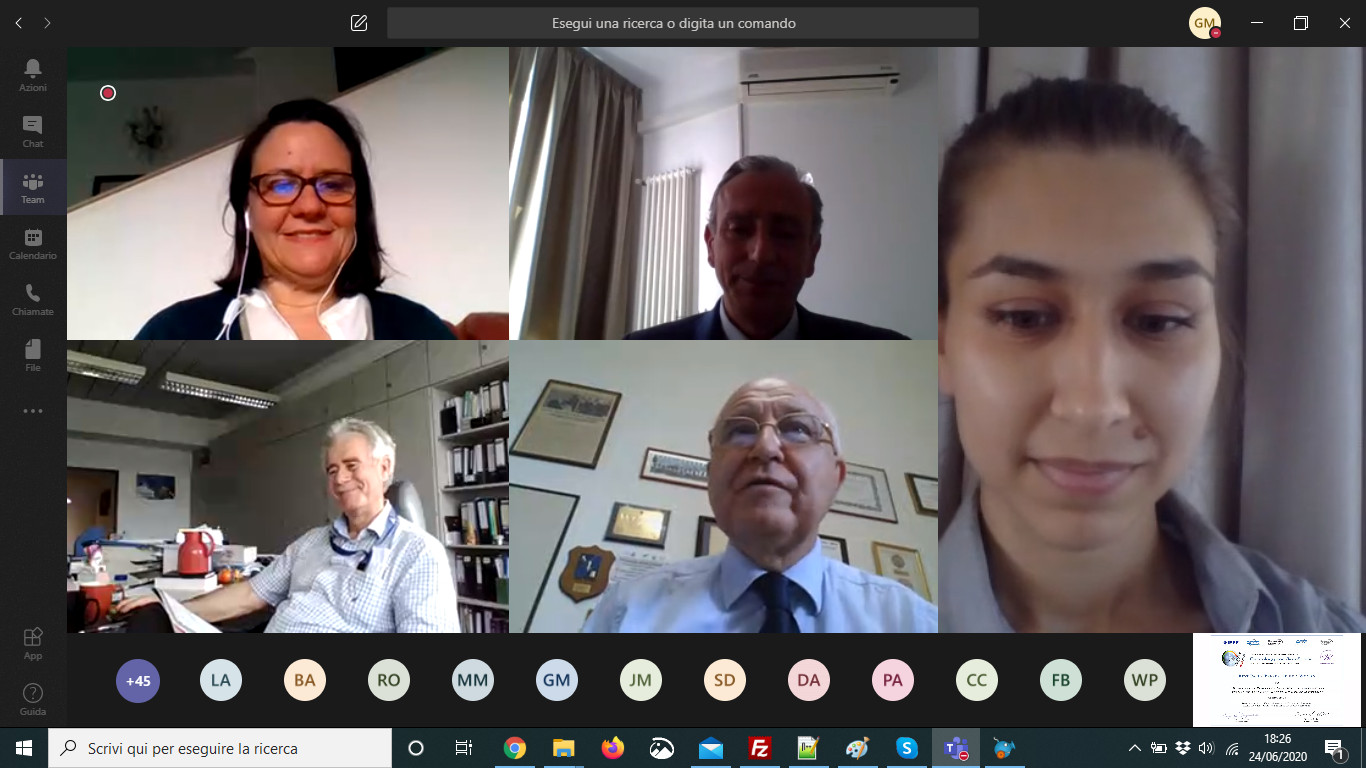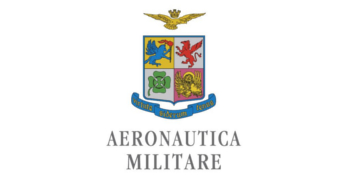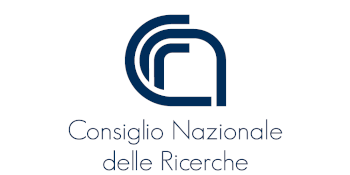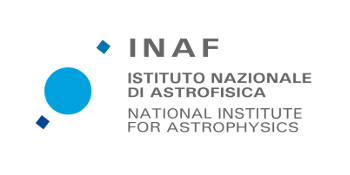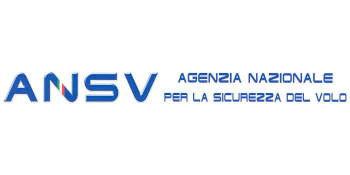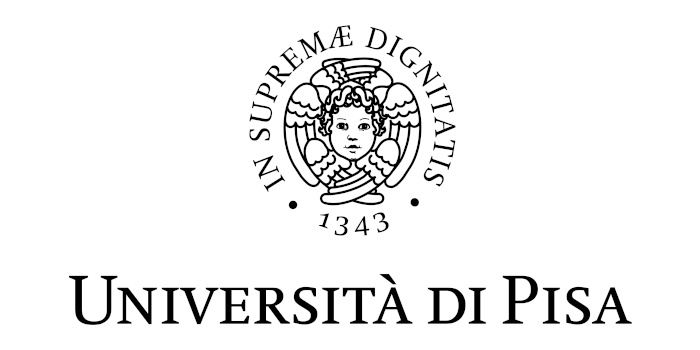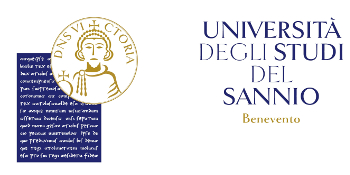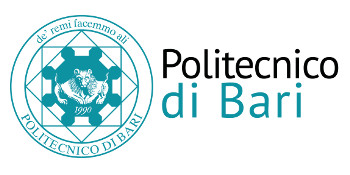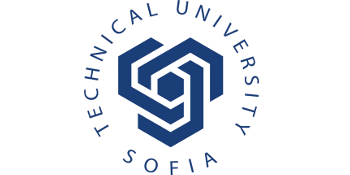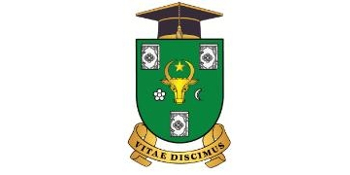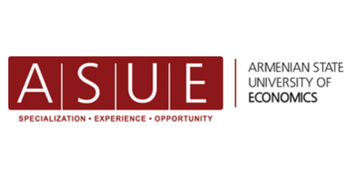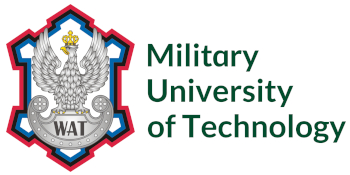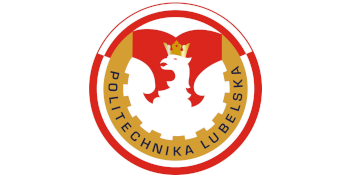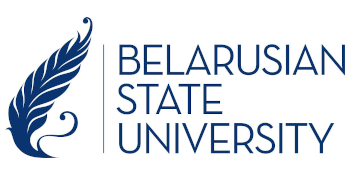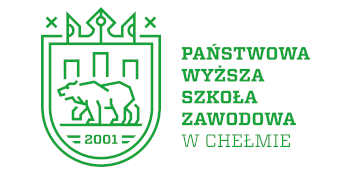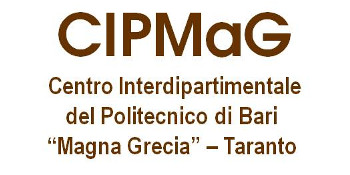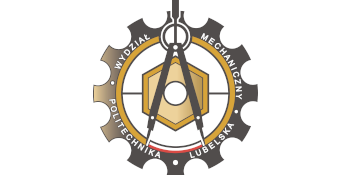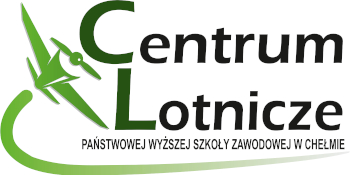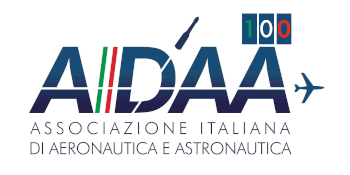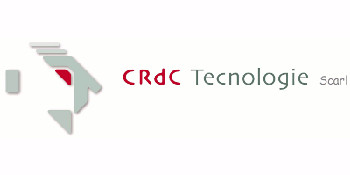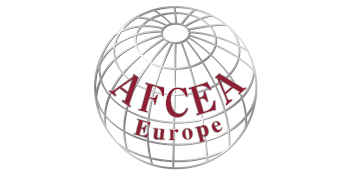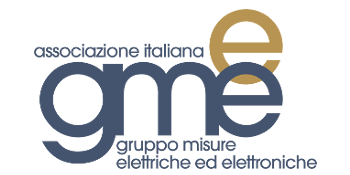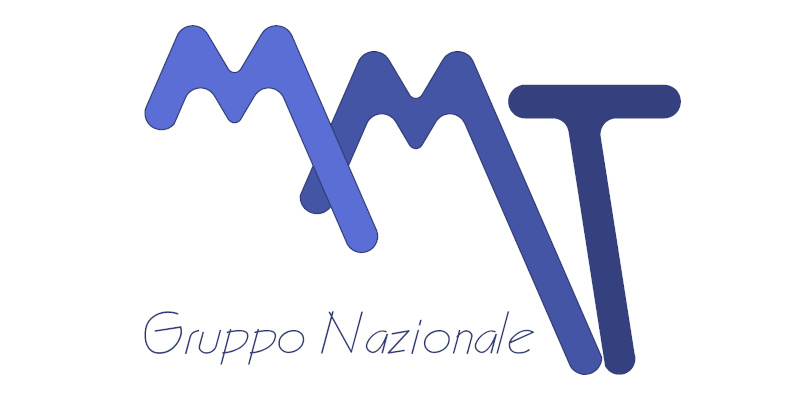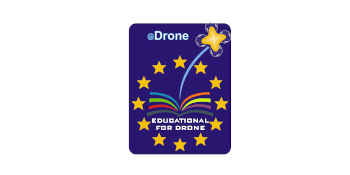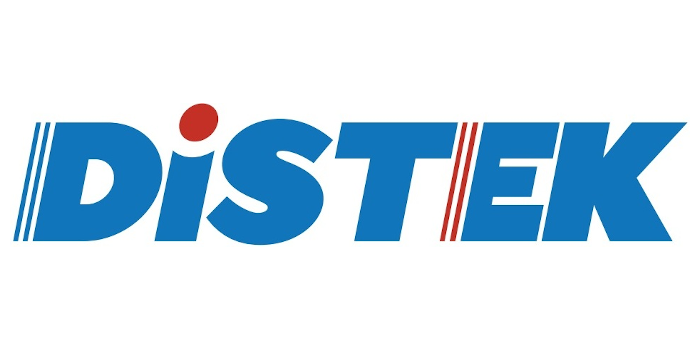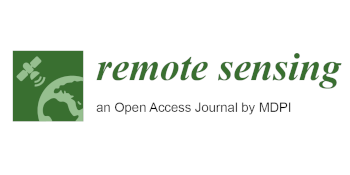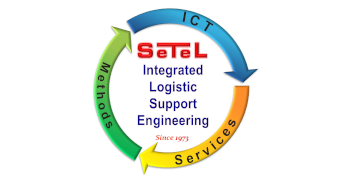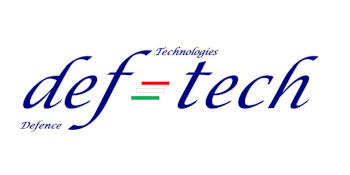Space environment effects on orbital space systems
ORGANIZED BY
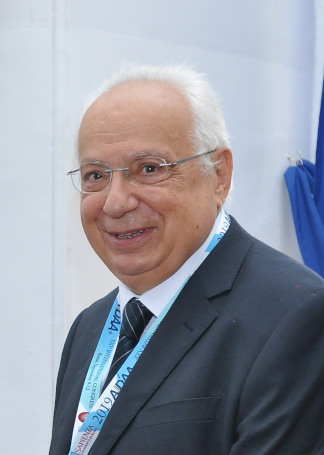
Mario Marchetti
Sapienza Università di Roma, Italy
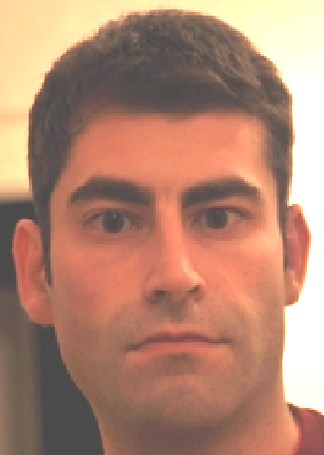
Andrea Delfini
Sapienza Università di Roma, Italy
ABSTRACT
In order to utilize space for scientific and commercial purposes it is necessary to understand the Low Earth Orbit (LEO) space environment where most of the activities are now, and will, be carried out.
LEO environment includes severe hazards such as Atomic Oxygen (AO), Ultraviolet (UV) Radiation, Ionizing Radiation, High Vacuum, Plasma, Micrometeoroids And Debris, Severe Temperature Cycles and, for some systems, the Re-Entry Environment. It is important to note that these environmental characteristics do affect the materials and structures at the same time, with a remarkable synergistic effect. Analyze and comprehend the operative environment becomes a key point to extend operative life of satellites and structures and to withstand aggressive conditions as re-entry phase is. In fact Re-entry mission evolution requires to develop reusable integrated systems, which in turns should be based on advanced materials able to deal with the harsh space environmental conditions. In particular, long duration missions are putting and will put aerospace vehicle structures to the test of onerous exposition, as said, to critical orbital phenomena which may seriously downgrade the materials performance and compromise a critical phase as the re-entry is.
ABOUT THE ORGANIZERS
Prof. Mario Marchetti was born in San Marcello (AN) Italy, on 30th of May, 1943; actually he lives and works in Rome. He got his University Degree in Aeronautical Engineering at Milan Polytechnic and he has then attended the School of Aerospace Engineering (Post Graduate Course), at the Rome University "La Sapienza".
1969-1972 he worked as resercher in the Center CNPM of CNR of Politecnico of Milan.
1972 he started his university career. He worked in the following institutions as Associate Professor: School of Aerospace Engineering and Engineering Faculty of University of Rome "La Sapienza" and Engineering Faculty of the University of Ancona and University of Besancon.
From 1990 he has been Full Professor at the School of Aerospace Engineering and Engineering Faculty in charge of professor of the Course of "Space Structures" and "Astronautic Structures".
Prof. Marchetti has been a member of the teaching staff of the Aerospace Engineering Ph.D. course, and Director of the Master on "Composite and Nanotechnology for Aerospace" of the Rome University "La Sapienza".
From 2010 Director of Astronautic, Electric and Energetic Department of University La Sapienza of Rome.
Director of the Laboratory SASLab (Scientific Aerospace Solutions Laboratory) of the University La Sapienza where students, researchers and PhD students, worked.
After retirement, he joined the group of Prof. Fabio Santoni in the Aerospace Systems Laboratory, where main researcher fields are design and manufacturing of orbital space systems, space environment interaction engineering, hot structures, mechanical, thermal and electromagnetic characterization of aerospace systems.
Andrea Delfini was born in Rome, Italy, in 1979. He received the University Master degree in Aerospace Engineering from “Sapienza” University of Rome in 2007 and the University Master degree in composites materials and nanotechnologies in aerospace applications from “Sapienza” University of Rome, Italy, in 2012. He is currently with the Department of Mechanical and Aerospace Engineering (D.I.M.A.) as a Fellow Researcher and also conducts research activities in the Aerospace Systems Laboratory of the Department of Astronautic, Electric an Energy Engineering (D.I.A.E.E.). His research is related to Thermal Protection Systems for re-entry applications, Space Environment Interaction Engineering, Nano-satellites design and manufacturing and EM fields and Space Systems Interaction.



